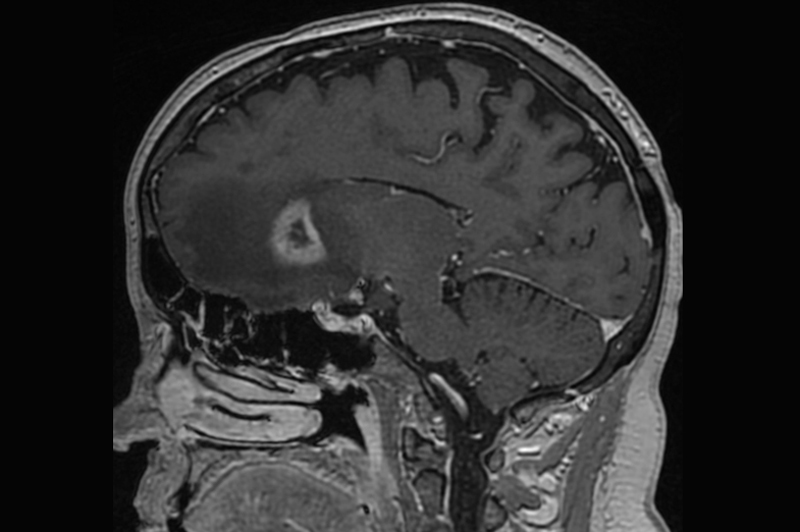I am sorry but that makes no sense.
If you look at the old trials of PCI vs. no-PCI in LD-SCLC (and in some mixed cohorts of LD & ES) you will find a "tail" in the OS-curves that is still there, 3-5 years post treatment and shows superiority of PCI over no PCI. It's not a lot, perhaps only 5%, perhaps even less. But it's there.
We know that these trials did not use MRI for staging, so there were 3 sets of patients in both arms randomized to PCI and no-PCI.
a) Patients with macroscopic metastasis, which would have been visible on MRI.
b) Patients with microscopic metastasis, that would not have been visible on MRI.
c) Patients with no disease in the brain at all.
So where does the "tail" of higher OS come from? a), b) or c)?
Can 10 x 2.5 Gy PCI cure macroscopic metastasis to the brain and result in a superior OS 3-5 years later? Nope. --> A is not the answer.
Can 10 x 2.5 Gy PCI improve your survival if you don't have macroscopic or microscopic disease in the brain? Nope. --> C is not the answer.
It's sterilizing microscopic disease in the brain. --> B
Either this or multiple trials were all falsely positive including the associated metaanalysis.
PCI did improve survival in those trials. The question is whether or not that survival can be compensated with regular MRIs and salvage treatment nowadays. And this is why trials like MAVERICK are important.
I am actually surprised that you think subclinical metastatic disease represents
incurable disease.
We treat patients on a daily basis for subclinical metastatic disease and have proven over and over again that this kind of treatment can increase survival.
It's called elective nodal irradiation, which we practice with OS benefit in head&neck cancer for instance.
And here's another example for treating non-nodal, metastatic, microscopic disease: CSI for localized, average-risk medulloblastoma.
We even have
randomized evidence showing that if you lower the dose to the "incurable" (as you called it) subliclinical metastatic disease (from 23.4 Gy to 18 Gy), patients die. Oh wait, isn't lowering 5.4 Gy of dose to imaging inapparent cells against radbio principles? (Sorry, didn't mean to be rude).


